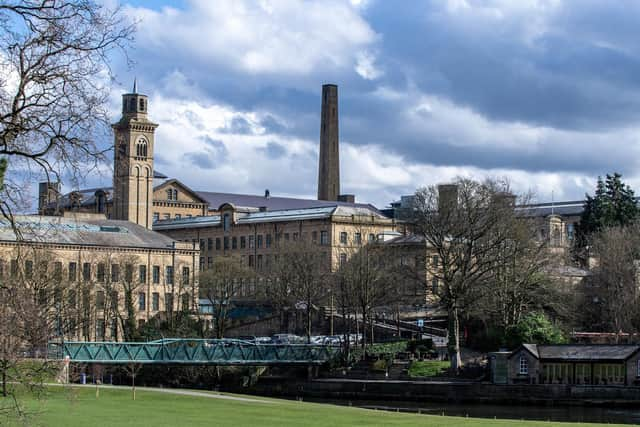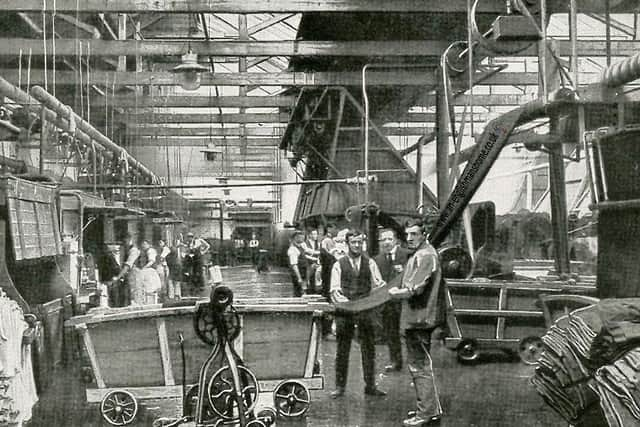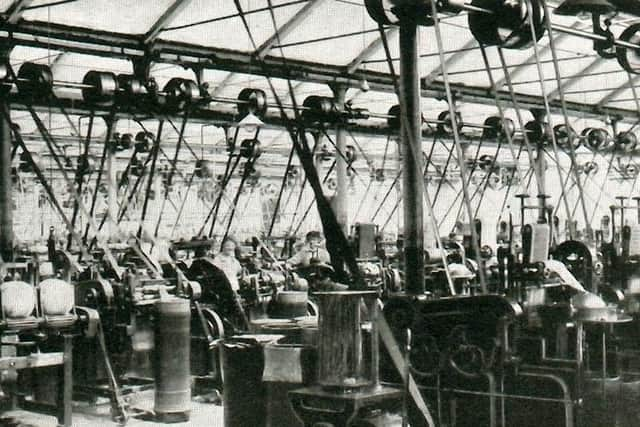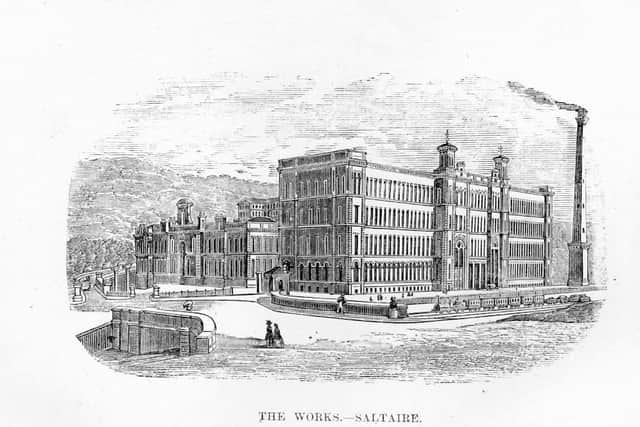Celebrating Saltaire's status as a Unesco World Heritage Site in Titus Salt exhibition to explore founder's mark
Now, 20 years after this legacy from Titus Salt was honoured by Unesco as among the most significant sites worldwide, community exhibitions are to honour his bold ideals, and those of his successors.
The village today, thriving under its designation alongside such settings as the Acropolis and Vatican City, is to host a major celebration of its founding fathers, and the protectors of its mighty mill.
Advertisement
Hide AdAdvertisement
Hide AdThere is more yet to come from Saltaire’s cultural potential, historians have said, as they reflect on two decades since it first secured Unesco World Heritage Site status.


“Saltaire is not like others recognised by Unesco such as the Pyramids or the Taj Mahal,” said Les Brook, chairman of the Saltaire History Club.
“But the community of people and historians here know how important it is. Most importantly, it’s still here, it’s still intact. It has continued to exist, as a living place.”
Textile revolutionary Mr Salt, born in Morley in 1803, had founded Salts Mill and Saltaire having made his fortune in Bradford by weaving alpaca wool.


Advertisement
Hide AdAdvertisement
Hide AdHorrified at the squalid living quarters for workers, and influenced by his own religious beliefs, he had set about creating a new vision for a higher standard of living.
The mill had the capacity to produce 30,000 yards of cloth every working day and employ 3,000 people, while Salt instructed the build of hundreds of homes in the village, each with its own yard.
These homes, set in a precision network to make the most of sun and air, had gas and water and draining, and he would go on to build schools and chapels, space for a library and lecture theatres.
A firm believer in self-improvement, he also created a social club with education institute, providing the advantages of a pub ‘without its evils’.


'Harmonious style'
Advertisement
Hide AdAdvertisement
Hide AdUnesco, as it honoured the site with designated status in 2001, had described Saltaire as a setting built in “harmonious style” with “high architectural standards”.
Now managed by Bradford Council, it is often cited as having had a profound impact on social welfare standards, urban planning , and influenced the garden city movement worldwide.
While the mill closed in 1986 as the British textile industry declined, it reopened with a gallery exhibiting the work of Bradford-born artist David Hockney, and has since filled with businesses and shops.


Now, community groups are to honour this foundation and history. Mr Brook, reflecting on the actions of Titus Salt, said he had been very motivated by his faith, and putting Christianity into action.
Advertisement
Hide AdAdvertisement
Hide Ad“What Titus Salt did here is regarded as being an extraordinarily good example of what they term ‘paternalism’,” said Mr Brook. “He wanted to look after people.
“He was an extraordinary man,” added Mr Brook. “He was about doing things that should have been done but weren’t.”
Exhibition
An exhibition, to open Friday May 28 and run for 19 days, is to mark 20 years since Saltaire’s Unesco designation, hosted by Saltaire History Club, Saltaire Inspired, and the Saltaire Collection with a photography display.
Saltaire: Foundation and Legacy, will focus on founder Titus Salt and the remarkable story of James Roberts, his successor, who went from a mill worker at age 11 to owner of Salts, and who secured its legacy.


Advertisement
Hide AdAdvertisement
Hide AdTwo other textile settings, Derbyshire’s Derwent Valley and Scotland’s New Lanark, were also among those awarded Unesco status in 2001 and their stories will also be told.
Entry is free, tickets are on Eventbrite._________________________________________________________
Support The Yorkshire Post and become a subscriber today. Your subscription will help us to continue to bring quality news to the people of Yorkshire. In return, you'll see fewer ads on site, get free access to our app and receive exclusive members-only offers. Click here to subscribe.
